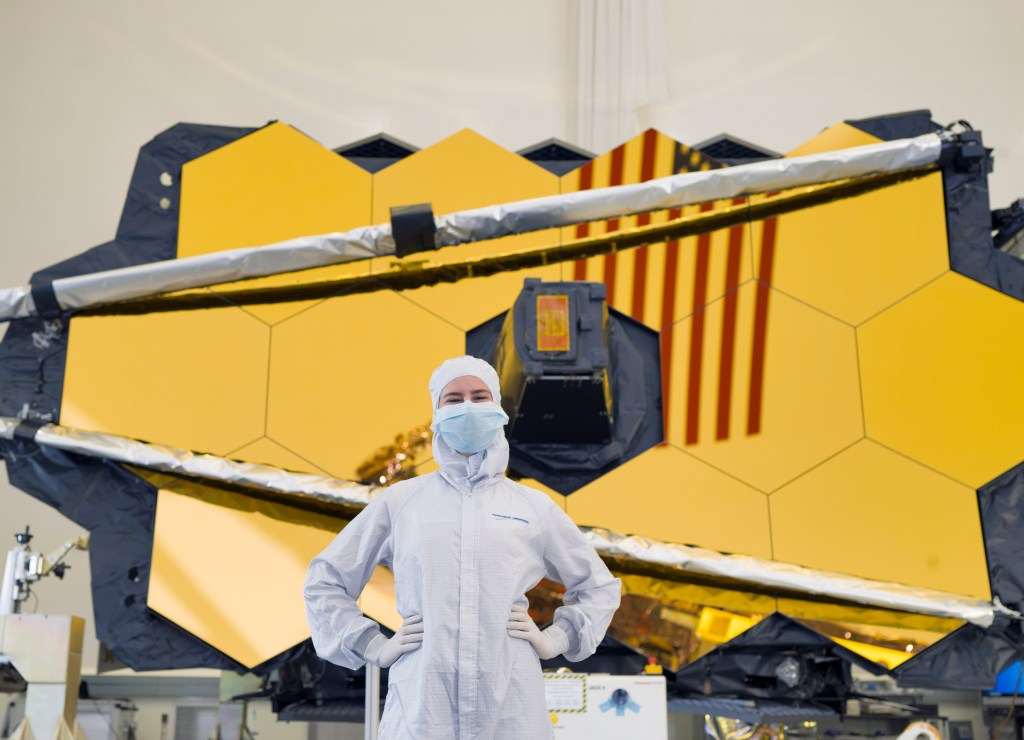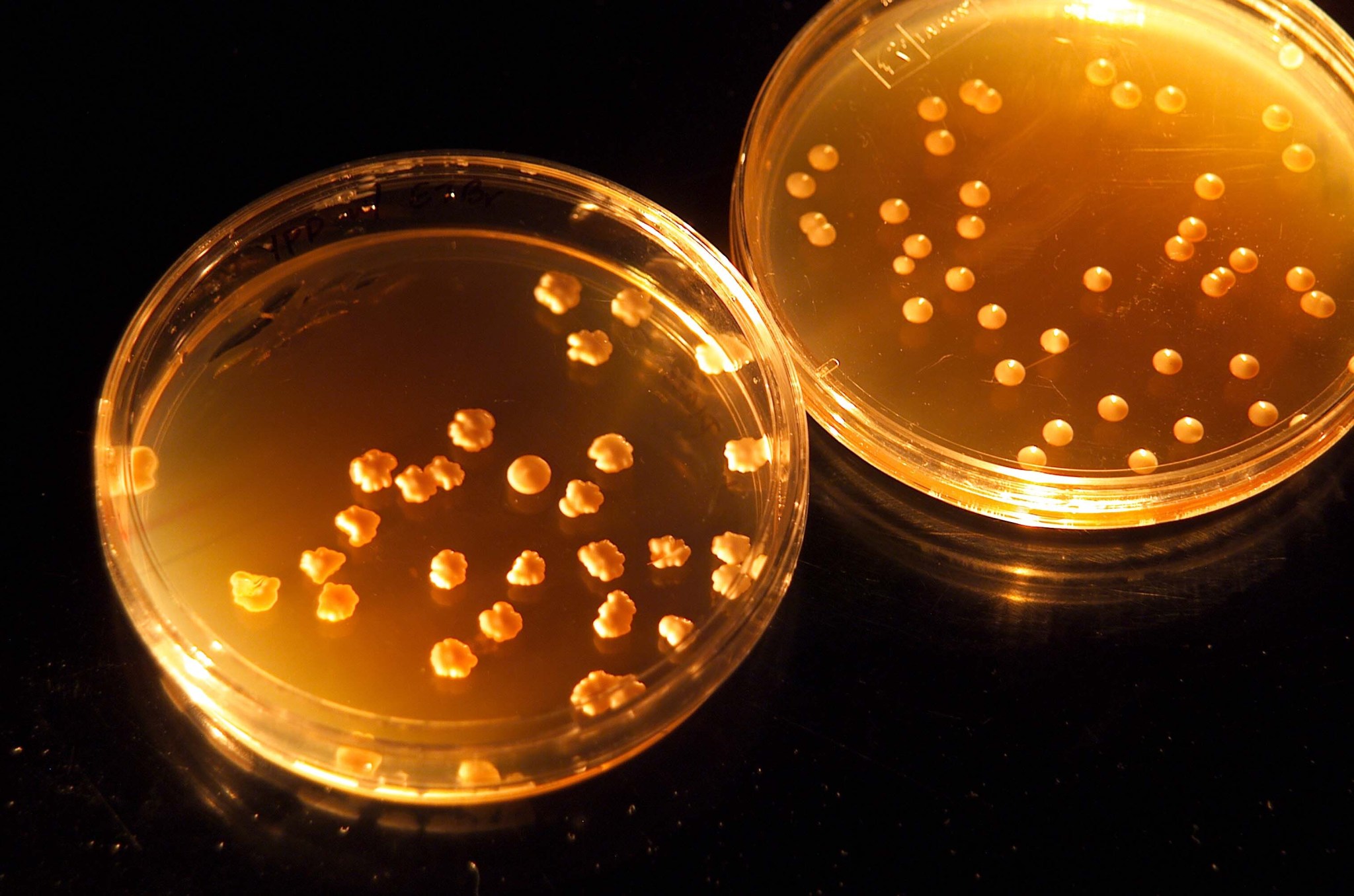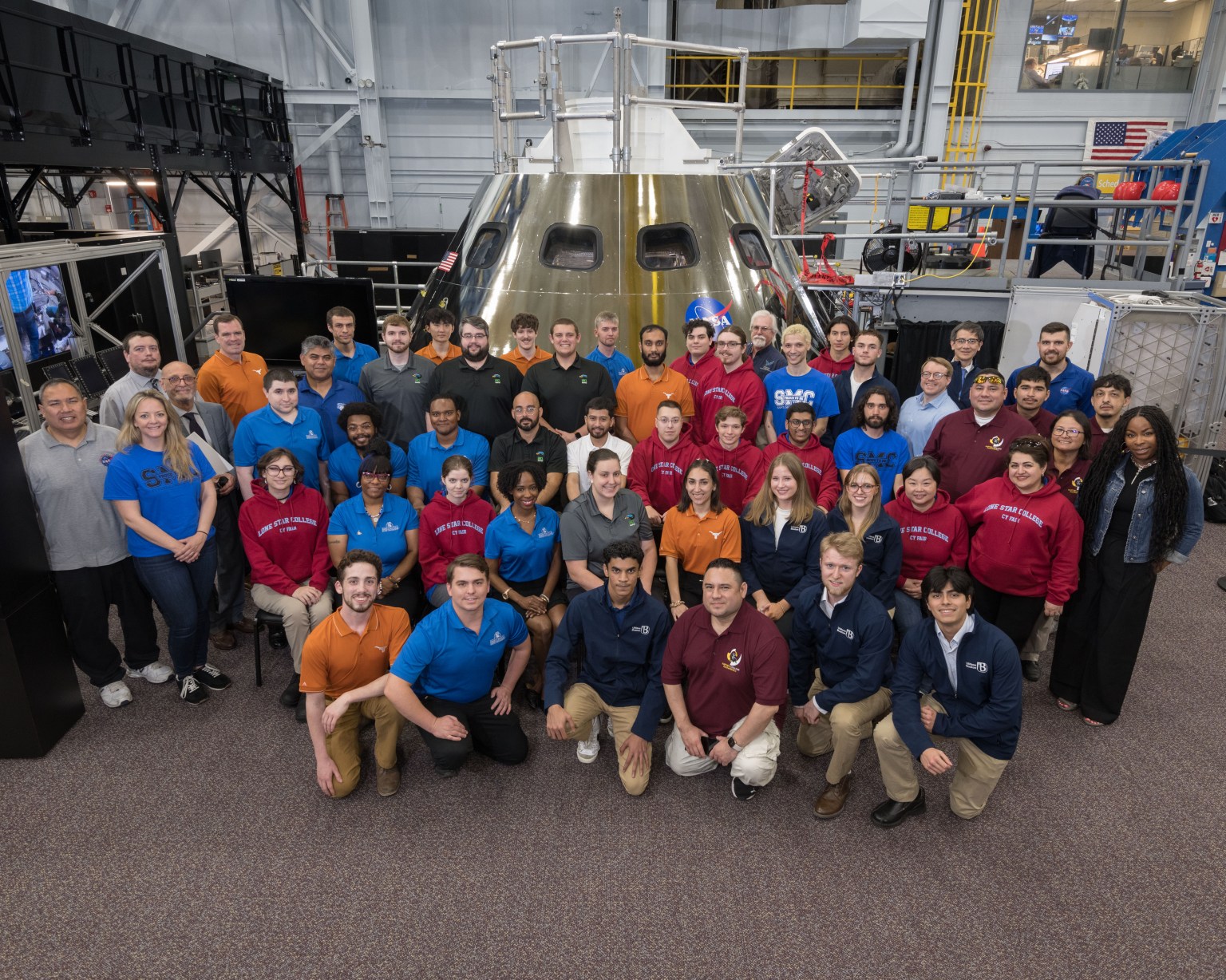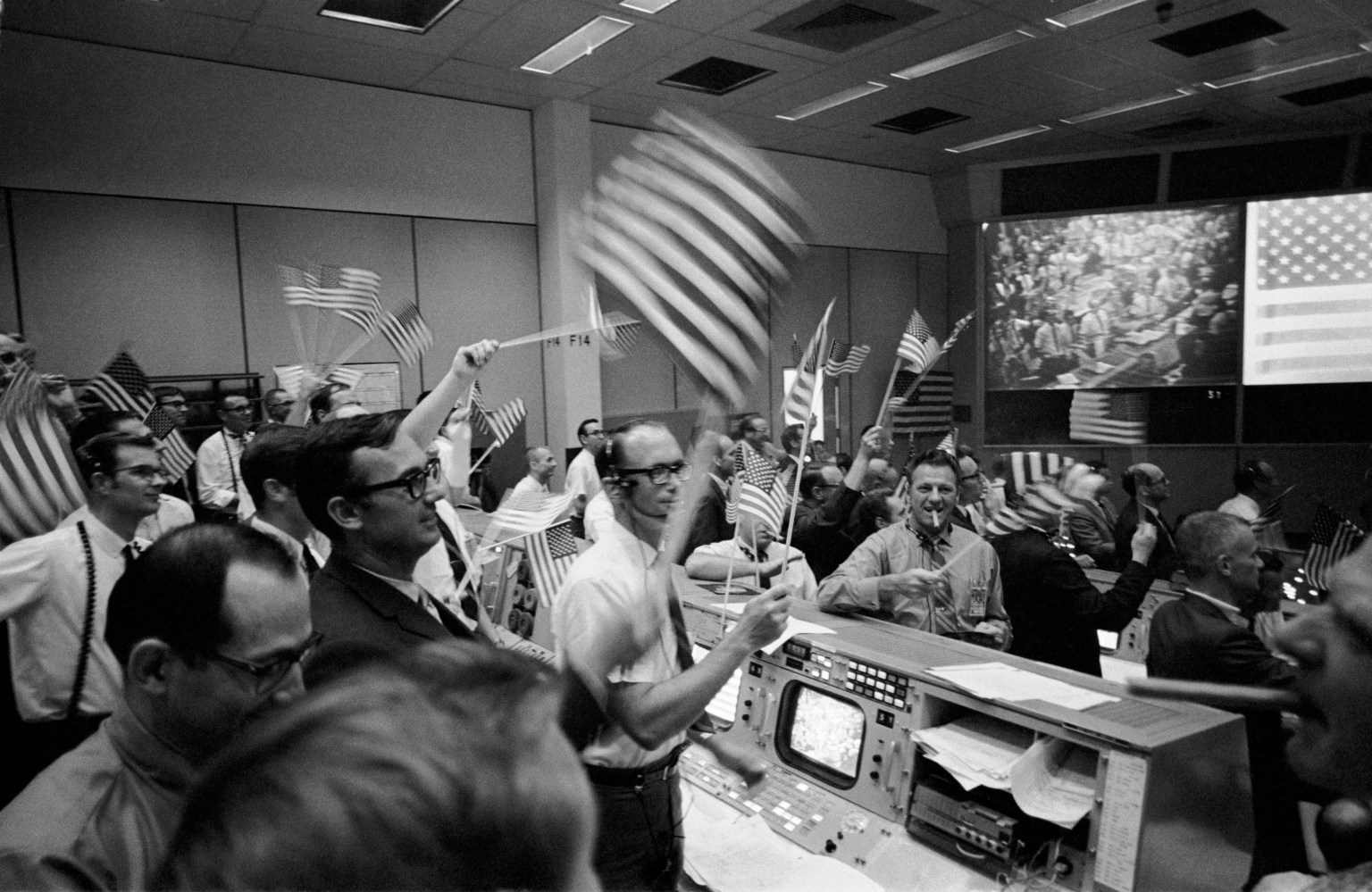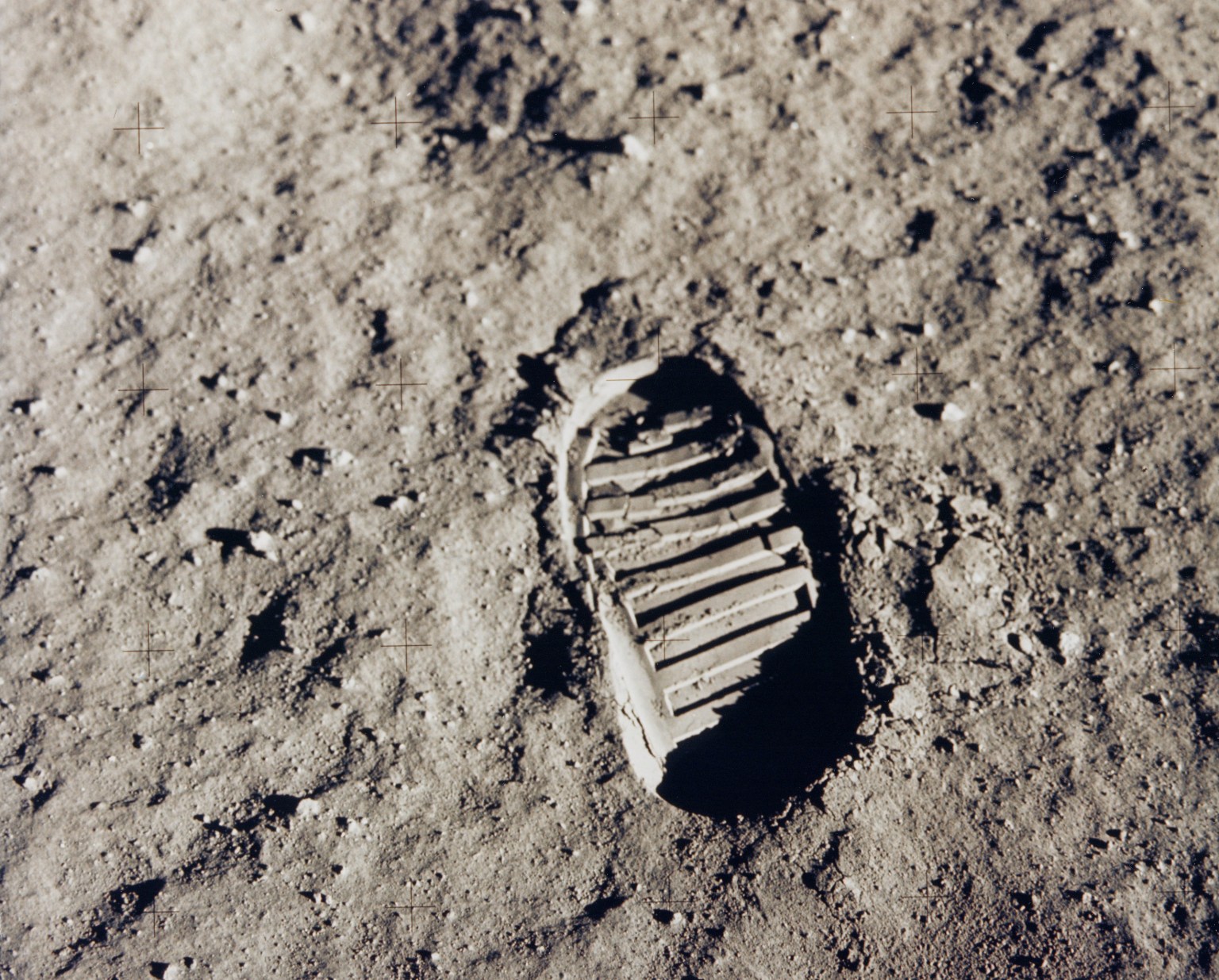About biology and astrobiology
Biology and astrobiology are increasingly important to NASA as humans attempt to understand the effects of long-duration space flight, while contemplating the study of the origin, evolution, distribution and future of life in the universe.
Fundamental space biology has been an active area of research for decades at NASA, helping to elucidate the effects of high radiation and low gravity environments on humans in space. Apart from ground-based research, NASA has conducted hundreds of biological science investigations in space – using the Shuttle, the International Space Station (ISS), and small satellites.
Created as a new interdisciplinary field of research in the 1990s, NASA’s astrobiology program addresses three fundamental questions: How does life begin and evolve? Is there life beyond Earth and, if so, how can we detect it? What is the future of life on Earth and in the universe? In striving to answer these questions and improve understanding of biological, planetary, and cosmic phenomena and relationships among them, experts in astronomy and astrophysics, Earth and planetary sciences, microbiology and evolutionary biology, cosmochemistry, and other relevant disciplines are participating in astrobiology research and helping to advance the enterprise of space exploration.
Ames’ Role
Ames has been at the leading edge of NASA’s fundamental space biology program for more than 40 years. Flying hundreds of science payloads aboard the space shuttle, ISS, Russian probes, and small satellites developed at Ames, scientists have conducted biological research and technology development necessary to enable NASA’s long-term human exploration mission. Experiments managed and flown by Ames have revealed the physiological effects of six-month stays on ISS, and identified paths for developing countermeasures for longer-duration human spaceflight.
Ames is leading the Agency into a fledgling field of research — synthetic biology – where science and technology are brought together to design and build new biological functions and systems. Biology on Earth readily demonstrates that life is an efficient user of resources around it, turning those resources into habitats, materials and forms that perform critical functions. Synthetic biology in space represents a new challenge — of designing organisms to perform reliable functions that an astronaut may one day depend on. NASA’s synthetic biology program is to provide transformative biological tools and technologies for the benefit of space exploration, science and the economy.
Ames is home to the NASA Astrobiology Institute (NAI), a virtual institute designed to catalyze interdisciplinary research among competitively selected teams. Research encompasses the search for habitable environments in our solar system, as well as habitable planets outside our solar system, the search for evidence of prebiotic chemistry and life on Mars and other bodies in our Solar System, laboratory and field research into the origins and early evolution of life on Earth, and studies of the potential for life to adapt to challenges on Earth and in space. Ames plays a leading NASA role in research expeditions to “Mars analog” sites on Earth, where microbial life is found in very inhospitable environments, ranging from Antarctica to the heights of the Atacama desert and to deep-sea geothermal events.
Featured example: Space biology
What Ames laboratory experiments are leading to new technologies that improve astronaut health and monitoring, while making scientific discoveries that benefit life on Earth?
Specific studies have investigated the effects of radiation on cellular life, and on the documented bone loss of astronauts on orbit for extended missions. Scientists are also investigating, in labs and in space, the ability of living tissue to repair and regenerate after injury, an important line of investigation for astronaut health on future long-duration flights.
Space biology at Ames is augmented by bioengineering in support of developing environmental and closed life support systems for human exploration. Ames also designs, develops and operates flight payloads for ISS and free-flying satellites. Ames manages NASA’s fundamental space biology microsatellite missions and astrobiology small payload missions. Ames is also providing scientific and management for building new diagnostic biology capabilities aboard ISS.
Featured example: Synthetic biology
How is Ames bringing science and technology together to design and build new biological functions and systems?
Recently, Ames assumed the leading role in the fledgling field of synthetic biology. The new NASA Synthetic Biology (SynBio) initiative at Ames will harness biology in reliable, robust, engineered systems to support NASA’s exploration and science missions. Ames is developing technologies to manufacture regolith-based composites to be used as bio-based building materials in space. We are developing SynBio technologies to enable environmental closed loop life support systems to create novel solutions for the purification of air and water and the production of methane from waste carbon dioxide. Ames is also investigating the utility of SynBio for 3-D printing to produce bio-based products, bio-mining to obtain minerals from planetary surfaces or recover valuable elements from spent electronics, and the production and purification of ‘on-demand’ pharmaceuticals that may be necessary to maintain crew health on long-duration spaceflights.

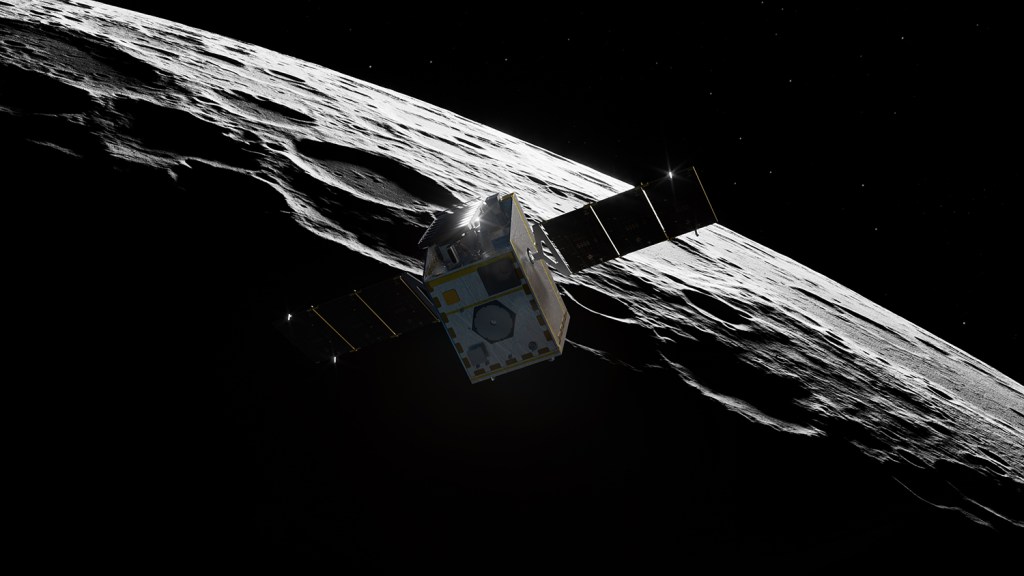







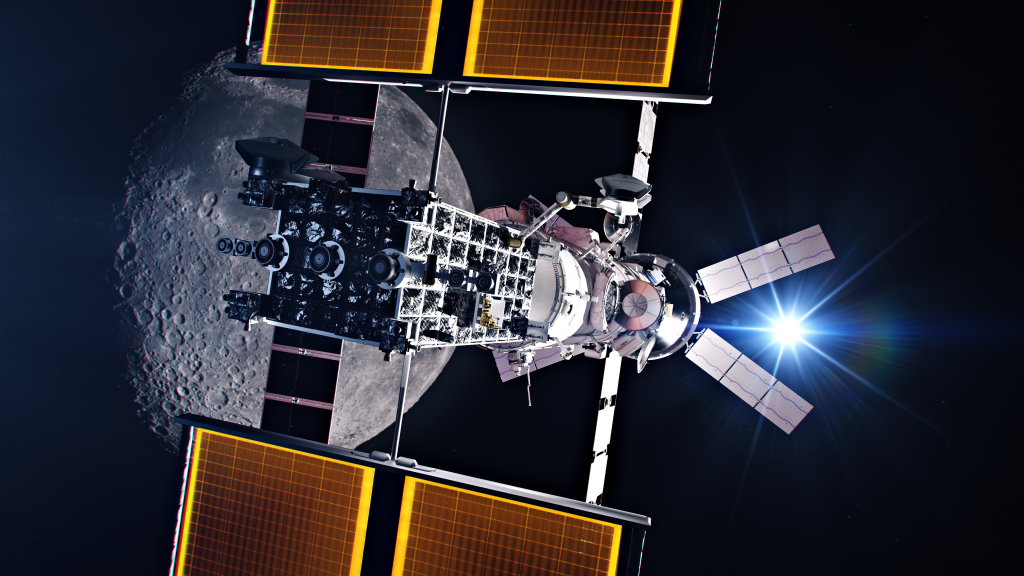


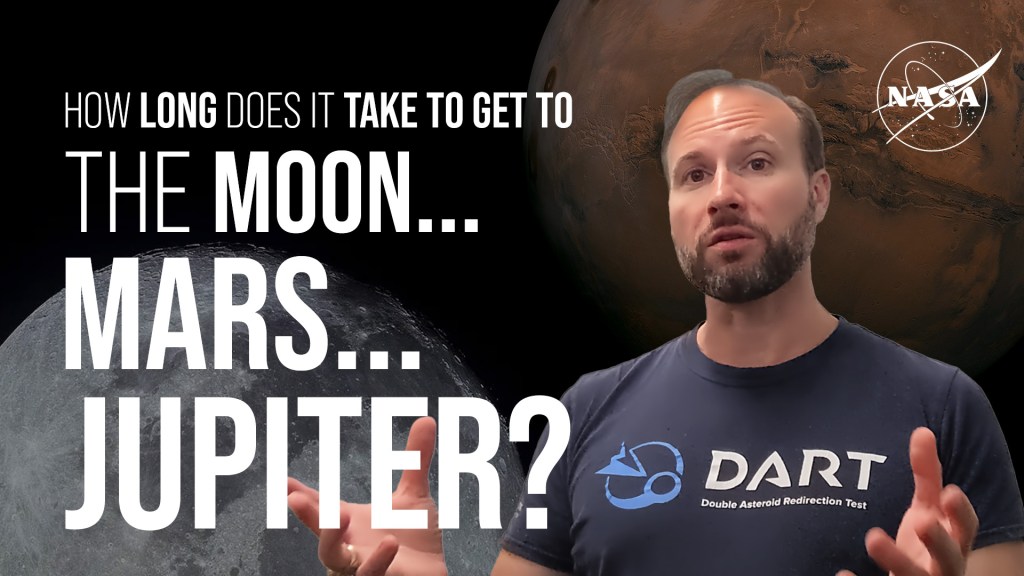

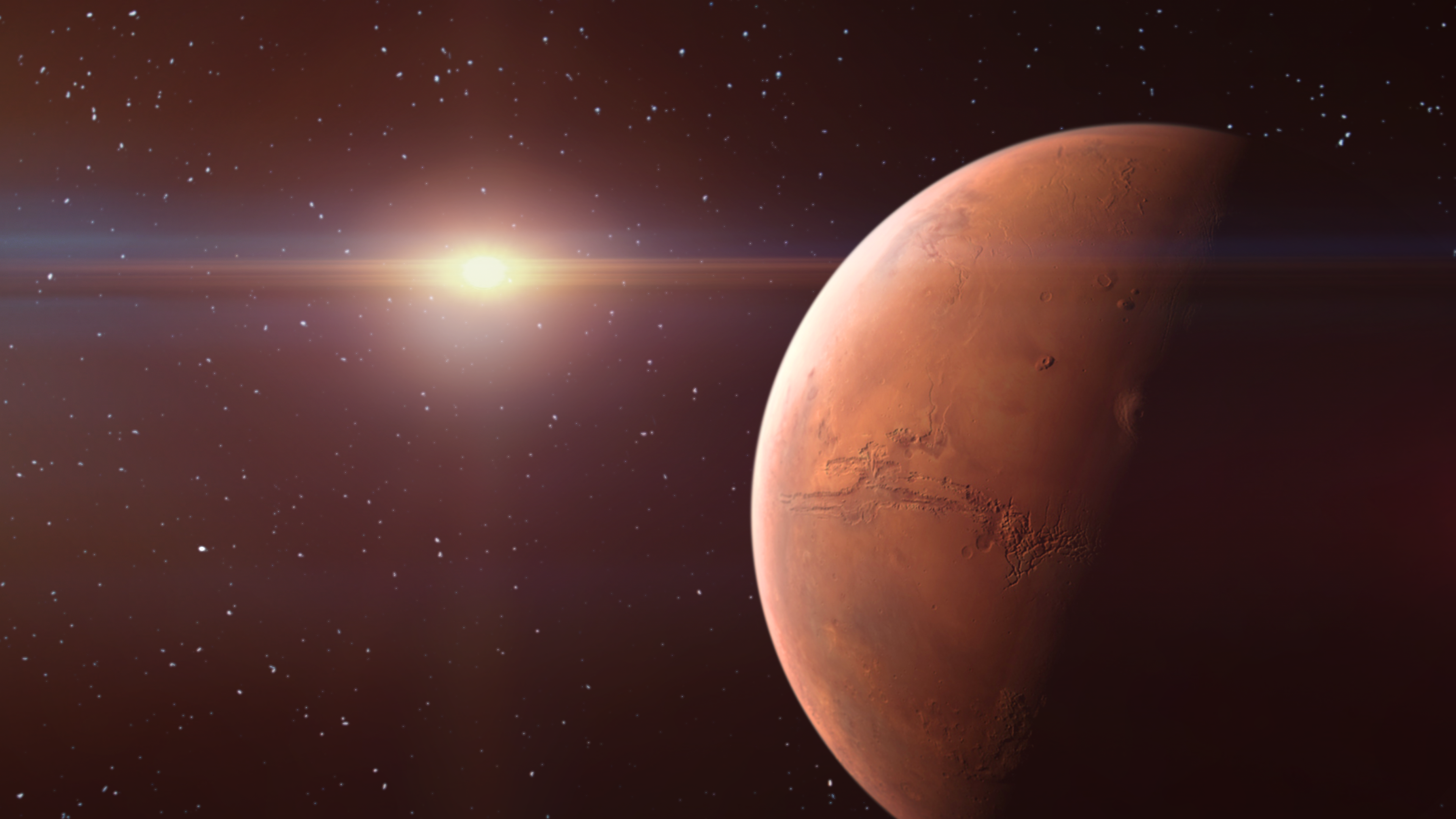


![In Memoriam: Jeff Dozier [1944–2024]](https://assets.science.nasa.gov/dynamicimage/assets/science/esd/earth-observer/2025/2025-in-memoriam/InMemoriam-Dozier1.jpg)







